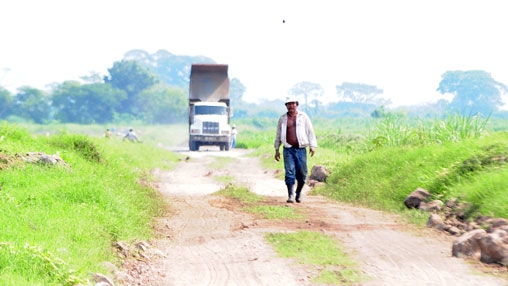In 2010, beef became Nicaragua’s second largest export item, after increased demand from countries like Venezuela, which became the largest importer of Nicaraguan processed beef.
Such promising potential, however, has brought to light the domestic challenges to market expansion. A small-scale beef producer in Nicaragua can pay up to twice as much as a large-scale producer before his cattle reaches the consumer. The transportation of animals from the ranch to the slaughterhouse and from the slaughterhouse to market implies costs, wasted time and, above all, a negative impact on product quality.
The more time beef spends on the shelf, the less likely it will sell, resulting, indirectly, in less income for the small producer.
Transporting freight overland directly impacts on poverty, according to experts. When it works correctly, it generates millions of jobs, representing a significant share of GDP in low and medium income countries, and even results in lower food prices. When it does not, it generates a vicious cycle affecting the profitability and efficiency of economies, generating an upward pressure on prices in comparison to other countries.
According to a World Bank report, there are five reasons why transportation is exceedingly expensive in Central America:
- High fuel prices
- Security costs
- Transfer of empty containers
- Excessive travel times
- Scarce investment and access to credits (to maintain and renew vehicle fleets)
For example, a survey of 250 transport companies revealed that fuel prices can make up between 40% and 60% of variable costs — compared to just 20% in the US and Canada. Only 34% of those surveyed have put in place fuel efficiency practices, which not only help to reduce costs, but also serve to reduce carbon emissions.
On the other hand, security represents between 3% and 4% of Central American transportation companies’ costs. “High quality beef and coffee exporters must pay a security car or armed guard to accompany vehicles during transportation,” the study indicates. Meanwhile, security costs have risen by 25% in the past four years and are susceptible to further increases as crime and violence rates grow.
The return of empty containers also explains high freight costs. The first part of the trip costs more because it must compensate for an empty return trip. In Guatemala, for example, around 77% of all containers return empty. This problem affects all Central American countries, and both large and small transportation companies.

